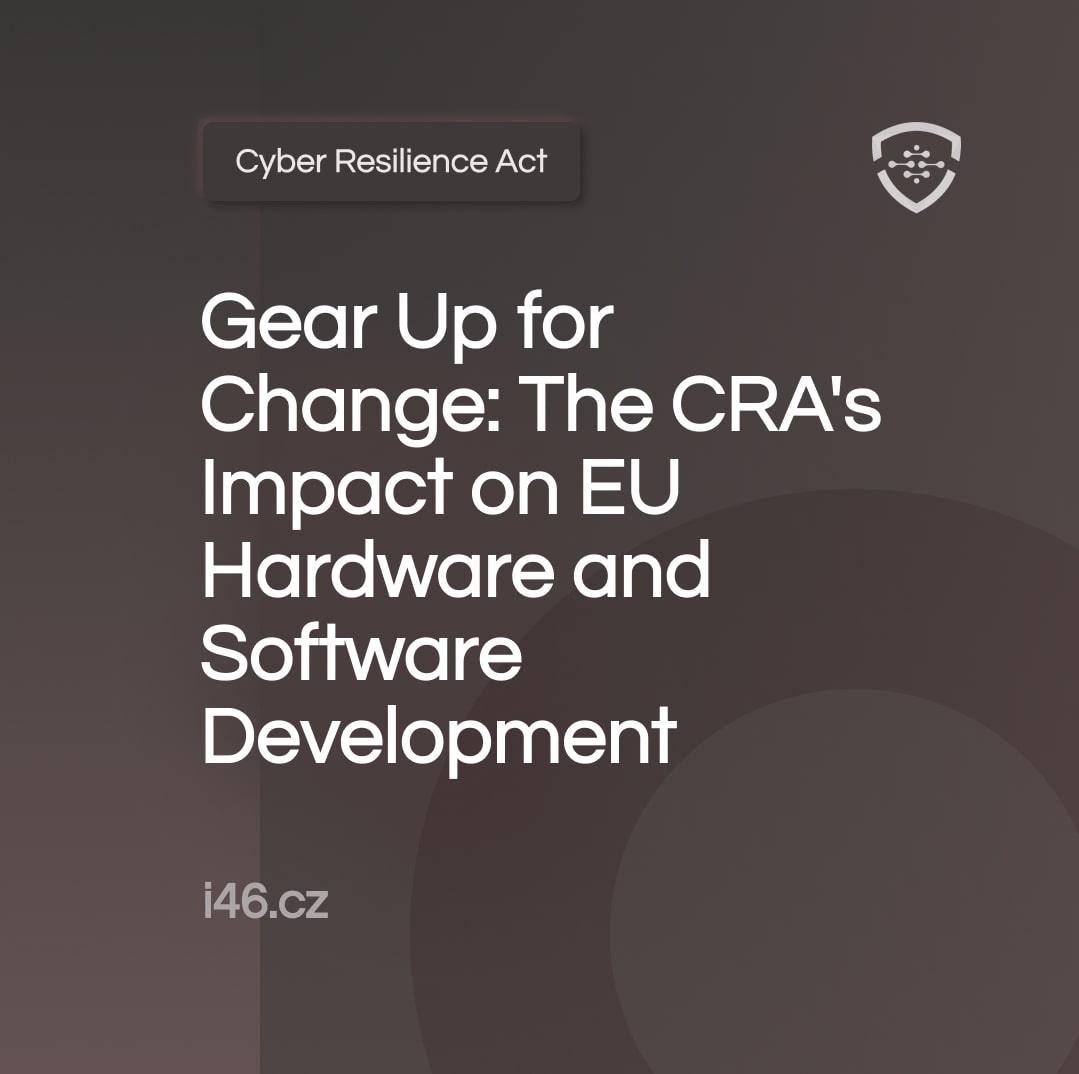Gear Up for Change: The Cyber Resilience Act's Impact on EU Hardware and Software Development

The EU’s Cyber Resilience Act (CRA) is poised to be a game-changer, raising the bar for security in connected devices and cyberspaces. But for hardware and software developers in the EU, it’s not just a matter of checking a few boxes. The CRA will fundamentally reshape the development and production cycle, demanding a “security-by-design” approach from the very beginning. Buckle up, developers, because here’s how the CRA will impact your workflow:
Shifting the Mindset:
- Security becomes a priority: Gone are the days of tacking on security as an afterthought. The CRA mandates embedded security throughout the design, development, and manufacturing stages. Integrate security assessments, vulnerability checks, and penetration testing as part of your weekly (or even daily) routine.
- Risk-based approach: Blanket solutions won’t fly. The CRA categorizes devices based on their potential impact, dictating different levels of security requirements. You’ll need to understand your product’s risk profile and tailor security measures accordingly.
Enhanced Processes and Tools:
- Supply chain scrutiny: The CRA shines a light on the entire ecosystem. You’ll need to vet your suppliers and components for security vulnerabilities, ensuring every link in the chain is robust.
- Software update mandate: Forget “out of sight, out of mind” for software updates. The CRA requires manufacturers to provide updates for a predefined period, even after product launch. Get ready to maintain your codebase for the long haul.
- Documentation overhaul: Prepare for some serious paper trails. The CRA demands detailed technical documentation and a designated “point of contact” for security issues. Transparency and traceability are key.
Impact on Production and Cost:
- Cost considerations: Building security in from the ground up may require additional resources and tools. Be prepared for potential upfront costs in secure coding practices, vulnerability management solutions, and robust testing procedures.
- Potential delays: The new focus on security might affect timelines. Factor in additional testing and validation phases to ensure compliance with the CRA’s stringent requirements.
The Benefits Beyond Compliance:
While the CRA presents challenges, it also unlocks significant opportunities:
- Enhanced brand reputation: Consumers are increasingly security-conscious. Demonstrating adherence to the CRA’s stringent standards can be a major competitive advantage, boosting trust and brand loyalty.
- Reduced cyberattacks and liabilities: Proactive security measures can significantly reduce the risk of cyberattacks, minimizing potential financial losses and reputational damage.
- Creating a safer digital ecosystem: By setting a high bar for security, the CRA contributes to a more secure and resilient digital landscape for everyone in the EU.
The Takeaway:
The Cyber Resilience Act is not just a regulatory hurdle; it’s a catalyst for positive change. While it demands a shift in mindset and processes, the long-term benefits for developers, consumers, and the digital ecosystem as a whole are undeniable. Embrace the “security-by-design” approach, invest in the right tools and expertise, and get ready to create the next generation of secure and trustworthy hardware and software products in the EU.
Join the Discussion:
Chat with i46’s CEO: Erel Rosenberg
Find out more information on the Cyber Resilience Act here



